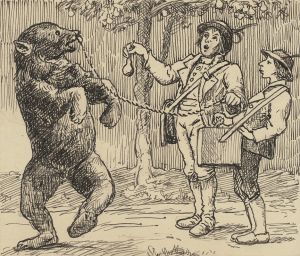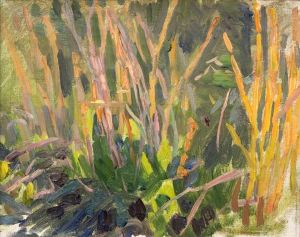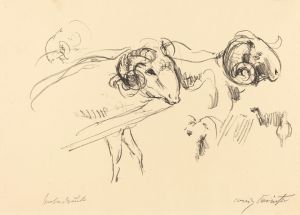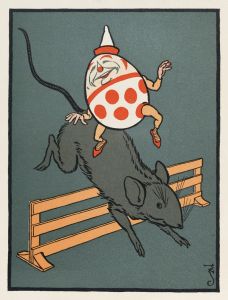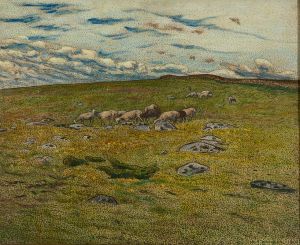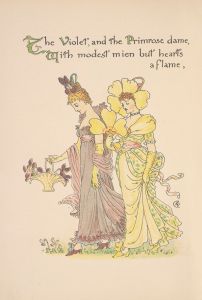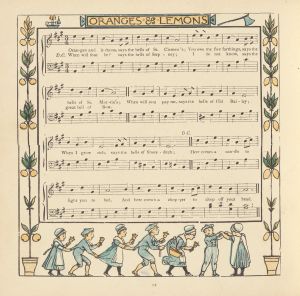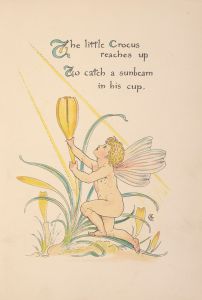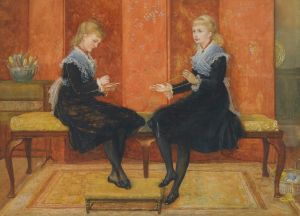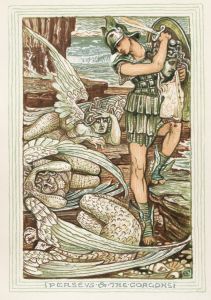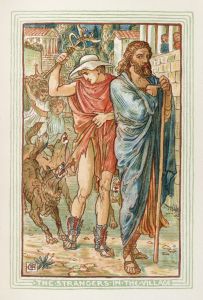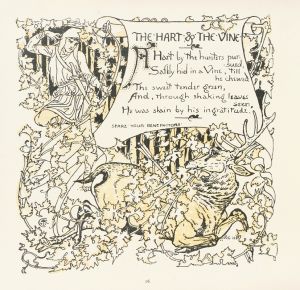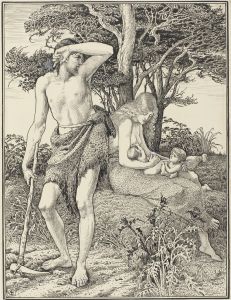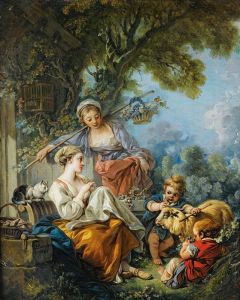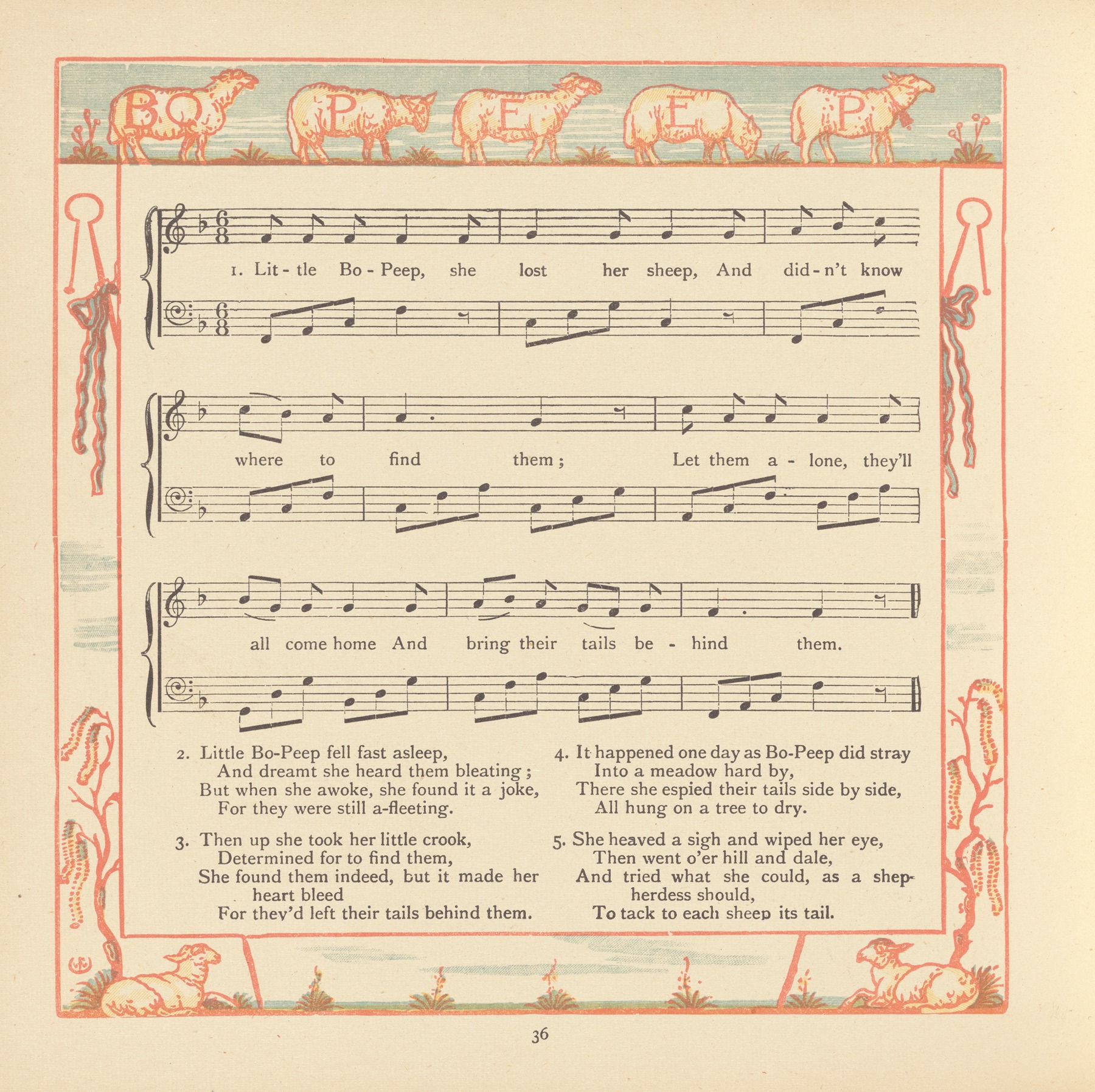
Little Bo-Peep
A hand-painted replica of Walter Crane’s masterpiece Little Bo-Peep, meticulously crafted by professional artists to capture the true essence of the original. Each piece is created with museum-quality canvas and rare mineral pigments, carefully painted by experienced artists with delicate brushstrokes and rich, layered colors to perfectly recreate the texture of the original artwork. Unlike machine-printed reproductions, this hand-painted version brings the painting to life, infused with the artist’s emotions and skill in every stroke. Whether for personal collection or home decoration, it instantly elevates the artistic atmosphere of any space.
Walter Crane (1845-1915) was a prominent English artist and book illustrator, known for his contributions to the genre of children's literature. One of his notable works is the illustration for the nursery rhyme "Little Bo-Peep." This illustration is part of Crane's broader body of work that includes a series of children's books and nursery rhymes, which he both illustrated and sometimes wrote.
"Little Bo-Peep" is a traditional English nursery rhyme that tells the story of a young shepherdess who loses her sheep and eventually finds them, but without their tails. The rhyme has been popular with children for generations and has been illustrated by various artists over the years. Walter Crane's interpretation of this rhyme is particularly celebrated for its artistic quality and attention to detail.
Crane's illustration of "Little Bo-Peep" is characterized by his distinctive style, which combines elements of the Arts and Crafts movement with influences from Japanese art. His use of vibrant colors, intricate patterns, and graceful lines are hallmarks of his work. In this illustration, Crane captures the pastoral setting and the gentle, whimsical nature of the rhyme. The image typically features Little Bo-Peep in a picturesque countryside, often depicted with a crook in hand, searching for her lost sheep.
Walter Crane was a key figure in the Arts and Crafts movement, which sought to revive traditional craftsmanship and reject the industrialization of art. His work often reflected a desire to return to simpler, more natural forms and to celebrate the beauty of the natural world. This philosophy is evident in his illustration of "Little Bo-Peep," where the natural landscape is rendered with great care and attention to detail.
Crane's contributions to children's literature were significant. He believed that children's books should be both educational and aesthetically pleasing. His illustrations were designed to engage young readers and to foster an appreciation for art from an early age. Crane's work on nursery rhymes like "Little Bo-Peep" helped to elevate the status of children's literature and to establish it as a legitimate form of artistic expression.
In addition to his work as an illustrator, Walter Crane was also an accomplished painter and designer. He produced a wide range of works, including paintings, wallpapers, and textiles. His influence extended beyond the realm of children's books, and he played a significant role in the broader Arts and Crafts movement.
Overall, Walter Crane's illustration of "Little Bo-Peep" is a testament to his skill as an artist and his commitment to creating beautiful, meaningful works for children. His ability to blend artistic innovation with traditional themes has left a lasting legacy in the world of children's literature and illustration.





